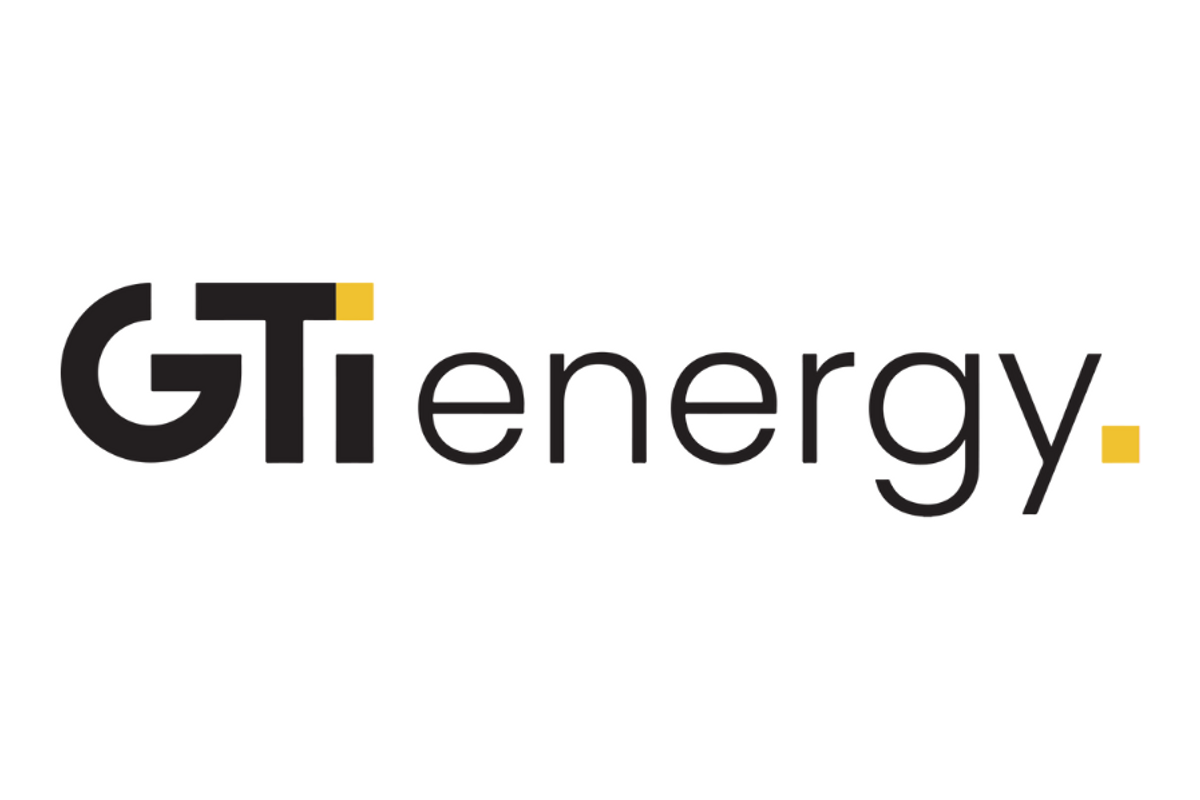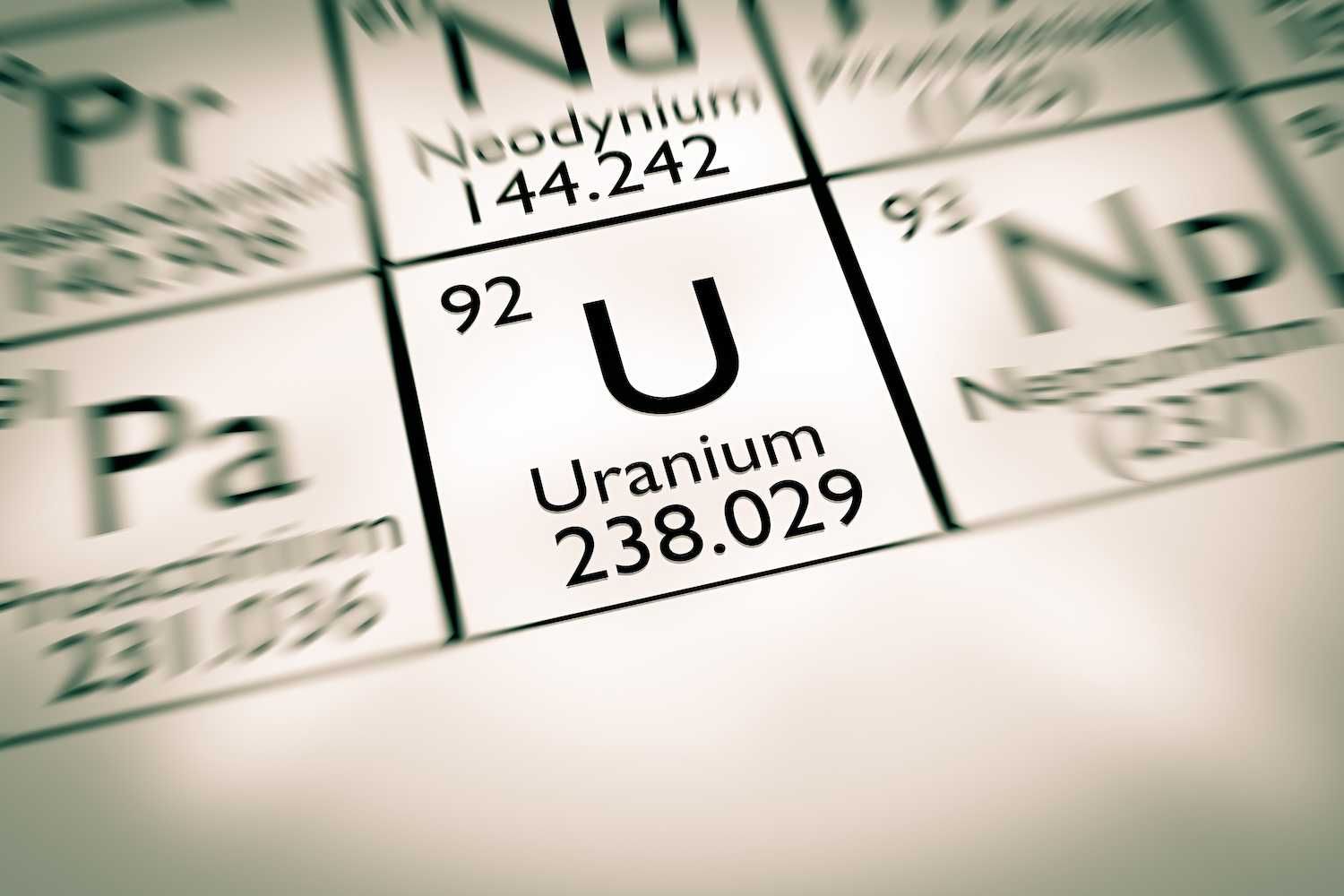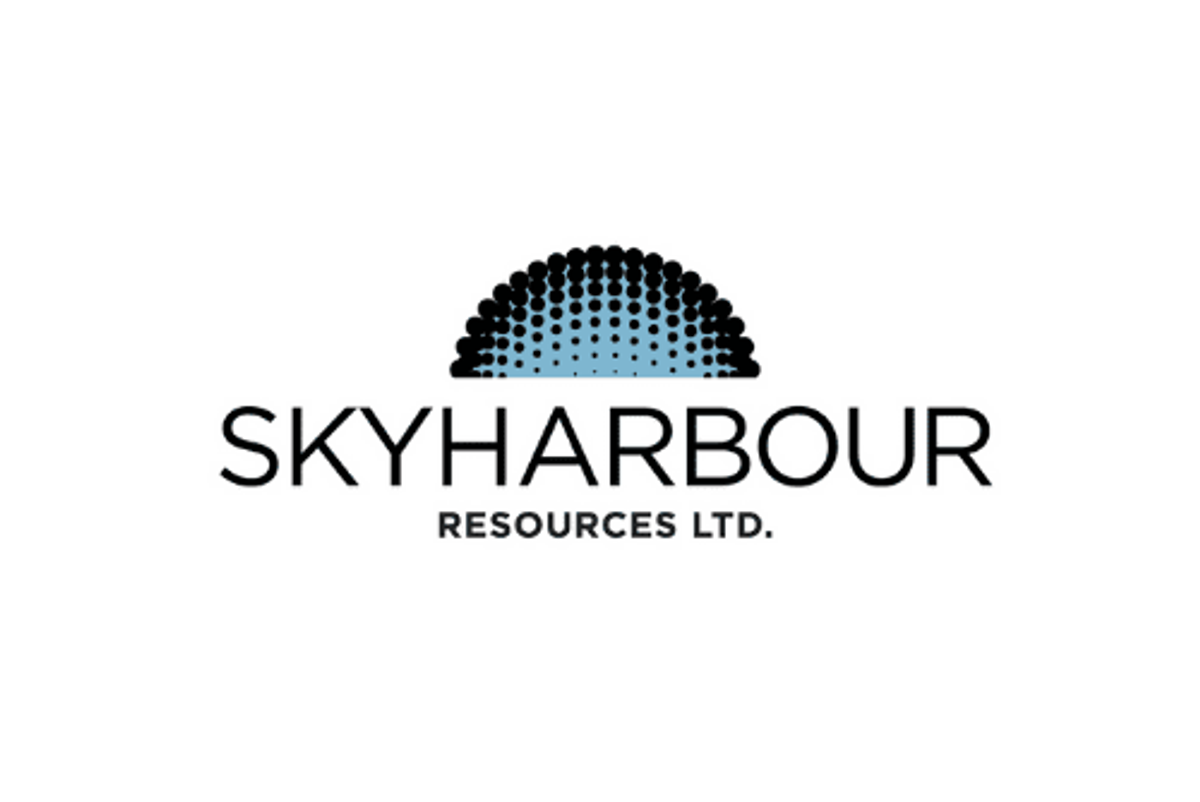
January 23, 2024
GTI Energy Ltd (ASX: GTR) (GTI or Company) is pleased to report on its activities during the December quarter.
- Initial 26-hole drilling program completed on time & on budget at Lo Herma
- Results verified the historical Lo Herma drill hole database
- Lo Herma exploration potential confirmed along trend in the Wasatch Formation and at depth in the Fort Union Formation
- 28 new claims staked at Lo Herma show promising exploration potential in the deeper Fort Union Formation which Cameco produces from ~10 miles east.
- Positive results from airborne Magnetic & Radiometric Survey at Green Mountain
- 12 miles (19km) of anomalous uranium trends interpreted from airborne survey
- 6 prominent uranium anomalies identified across the Green Mountain Project
- 28 additional claims staked at Green Mountain, based on results of the geophysical surveys, bringing the total holdings to 697 claims for ~14,000 acres
- Matt Hartmann appointed President US Operations with over 20 years of global mineral exploration, project development & commercial experience with significant track record in ISR uranium through the entire project life-cycle
- Planning underway for 2024 expanded drill program at Lo Herma
LO HERMA ISR PROJECT EXPLORATION AND ADDITIONS TO LAND POSITION
During the quarter the Company advised that the initial drilling program had been completed at its 100% owned Lo Herma ISR Uranium Project (Lo Herma), located in Wyoming’s prolific Powder River Basin (Figures 1 & 2). Twenty-six (26) drillholes were advanced, totalling 4,250m (14,000 ft), with operations finalised on 11 December 2023 having been completed on time and on budget.
This initial drill program successfully validated the historical data package, used in preparing the Mineral Resource Estimate (MRE) for Lo Herma, through comparative analysis of stratigraphy & mineralised intercepts from new drill holes collocated with historical drill holes. Additional drill hole locations tested extensions of known mineralised trends and informed on redox conditions across several host sands to help refine and develop an expanded drill program planned at Lo Herma for 2024. These exploration holes confirmed the previously interpreted exploration potential at Lo Herma.
In addition, the Lo Herma land package was expanded through staking of 28 additional claims in December to cover extensions of interpreted trends as defined by the acquired historical data package. The historical data package includes several drill holes within the 28 new claims which contain mineralisation in a deeper Fort Union formation host sand. GTI is currently evaluating how the new claims and data impact the exploration target for the property and 2024 drill plans.
The Lo Herma ISR Uranium Project (Lo Herma) is located in Converse County, Powder River Basin (PRB), Wyoming (WY). The Project lies approximately 15 miles north of the town of Glenrock and within ~60 miles of five (5) permitted ISR uranium production facilities. Facilities include UEC’s Willow Creek (Irigaray & Christensen Ranch) & Reno Creek ISR plants, Cameco’s Smith Ranch-Highland ISR facilities & Energy Fuels Nichols Ranch ISR plant. The PRB has extensive ISR production history with numerous ISR uranium resources, central processing plants (CPP) & satellite deposits (Figure 1).
Click here for the full ASX Release
This article includes content from GTI Energy, licensed for the purpose of publishing on Investing News Australia. This article does not constitute financial product advice. It is your responsibility to perform proper due diligence before acting upon any information provided here. Please refer to our full disclaimer here.
GTR:AU

Sign up to get your FREE
American Uranium Investor Kit
and hear about exciting investment opportunities.
- Corporate info
- Insights
- Growth strategies
- Upcoming projects
GET YOUR FREE INVESTOR KIT
The Conversation (0)
27 July
American Uranium

Sign up to get your FREE
American Uranium Investor Kit
and hear about exciting investment opportunities.
- Corporate info
- Insights
- Growth strategies
- Upcoming projects
GET YOUR FREE INVESTOR KIT
Disrupting the uranium supply chain through highly prospective ISR projects in Wyoming
11 August
Snow Lake Completes Due Diligence and Confirms Placement
GTI Energy (GTR:AU) has announced Snow Lake Completes Due Diligence and Confirms PlacementDownload the PDF here. Keep Reading...
28 July
Quarterly Activities/Appendix 5B Cash Flow Report
GTI Energy (GTR:AU) has announced Quarterly Activities/Appendix 5B Cash Flow ReportDownload the PDF here. Keep Reading...
23 July
Lo Herma Drilling Permit & Contract Confirmed
GTI Energy (GTR:AU) has announced Lo Herma Drilling Permit & Contract ConfirmedDownload the PDF here. Keep Reading...
14 July
Company Update - Name Change to 'American Uranium Limited'
GTI Energy (GTR:AU) has announced Company Update - Name Change to 'American Uranium Limited'Download the PDF here. Keep Reading...
10 July
Placement Shares Issued & Drilling Approval Expected August
GTI Energy (GTR:AU) has announced Placement Shares Issued & Drilling Approval Expected AugustDownload the PDF here. Keep Reading...
02 October
Western Australia Reviews Uranium Mining Ban as Nuclear Energy Investment Grows
Australia’s uranium sector remains shaped by state-based rules, with Western Australia maintaining a ban on new uranium mining licenses since 2017.While projects approved before the ban were allowed to proceed, no new developments have been permitted, however things could be changing. Premier... Keep Reading...
02 October
Global Uranium and Enrichment Limited Reports: Pine Ridge Uranium Project Continues to Deliver Encouraging Exploration Results
Global Uranium and Enrichment Limited (ASX: GUE, OTCQB: GUELF, Global Uranium, GUE or the Company) is pleased to announce that Powder River Basin LLC (Powder River) — a 50/50 joint venture between Global Uranium and Snow Lake Energy (NASDAQ: LITM), has completed another 15 holes (now a total of... Keep Reading...
02 October
Lo Herma Resource Drilling Timing Confirmed
American Uranium (AMU:AU) has announced Lo Herma Resource Drilling Timing ConfirmedDownload the PDF here. Keep Reading...
25 September
Lo Herma Resource Expansion Drilling Approved
American Uranium (AMU:AU) has announced Lo Herma Resource Expansion Drilling ApprovedDownload the PDF here. Keep Reading...
24 September
Proposed Purchase of Uranium and Placing of New Ordinary Shares
Yellow Cake plc (AIM: YCA) ("Yellow Cake" or the "Company"), a specialist company operating in the uranium sector founded by Bacchus Capital Advisers ("Bacchus Capital"), holding physical uranium ("U3O8") for the long term and engaged in uranium-related commercial activities, today announces its... Keep Reading...
Latest News

Sign up to get your FREE
American Uranium Investor Kit
and hear about exciting investment opportunities.
- Corporate info
- Insights
- Growth strategies
- Upcoming projects
GET YOUR FREE INVESTOR KIT
Latest Press Releases
Related News
TOP STOCKS
American Battery4.030.24
Aion Therapeutic0.10-0.01
Cybin Corp2.140.00





